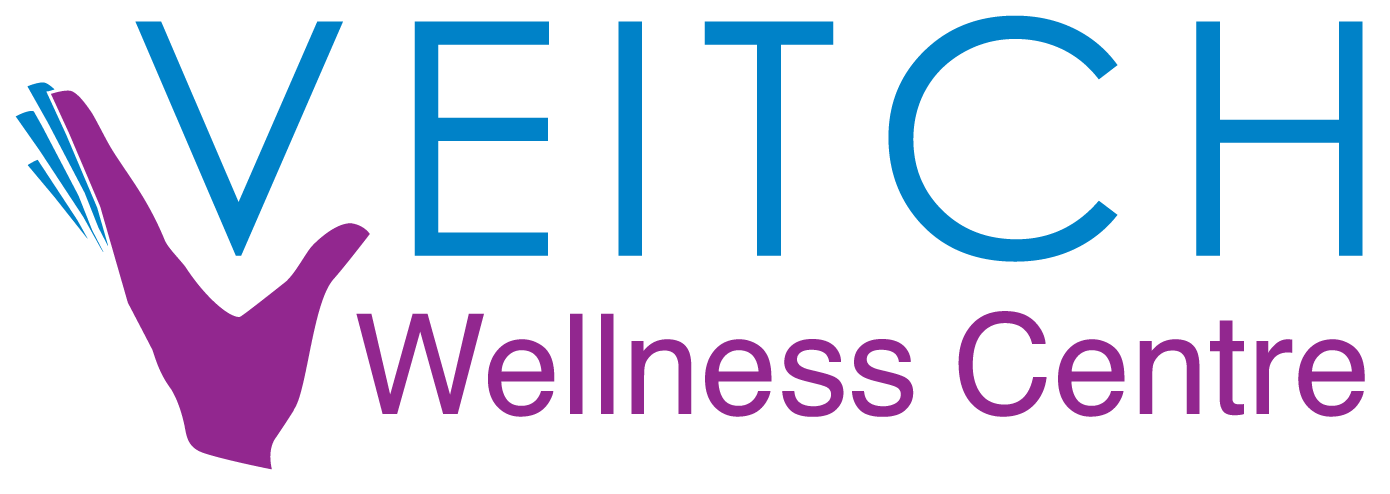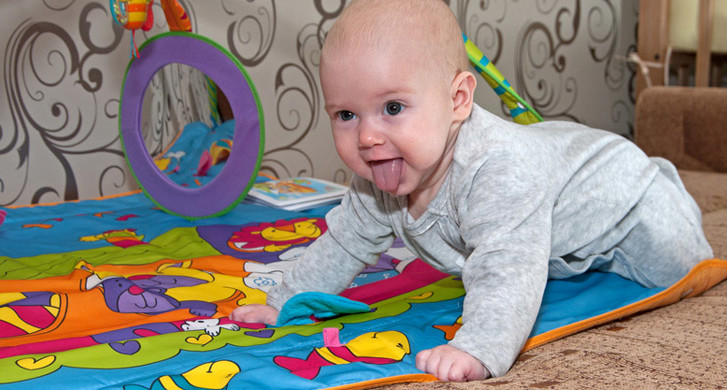Plagiocephaly
Plagiocephaly is more commonly known as baby flathead. It has become more common since babies have been recommended to sleep on their backs. Some babies are born with a preference to turn their head to one side more than the other, and as they spend so much time on their backs sleeping, they often lie on one side of the head. In the first couple of months of life, babies’ skulls can change shape more easily, and this is when you often see a flat spot develop. Tummy time and specific positioning recommendations can often help reshape the head. However, sometimes the baby has a tight muscle in his/her neck that is causing them to turn to one side more than the other. A physiotherapist can determine what the cause of your baby’s flathead is, and can give you exercises to help reverse the flattening, and/or stretch and strengthen your baby’s neck.
Gross Motor Skills/Development
From birth and throughout your life span, a physiotherapist can assess your gross motor skills. In babies, a physiotherapist can assess/monitor the skills a baby acquires in order to learn to move. Such skills include rolling, sitting, crawling, standing, and walking. As a child grows older, he/she learns many other gross motor skills such as running, hopping, jumping, standing on one foot, as well skills which require higher levels of balance and coordination. A physiotherapist is trained to identify appropriate levels of skill based on a child’s age, and has many tools to help a child achieve their best in terms of motor skills. A physiotherapist can also assess a child’s body alignment, and can help determine causes of common childhood issues such as intoeing, out-toeing, joint pain, and fatigue with specific activities.
Childhood Neurological/Rheumatological Conditions
Physiotherapists are well-trained in assessing many conditions/diagnoses in children which are more neurological or rheumatological in nature. A physiotherapist can help assess/maintain range of motion and strength in a child’s arms, legs, and trunk. Specific work on balance, coordination, and endurance can be taught by a physiotherapist. An important part of treating a child is educating the child and his/her caregivers in home exercises, joint protection, and in general knowledge of physical activities which may be better suited to a child with specific conditions.


